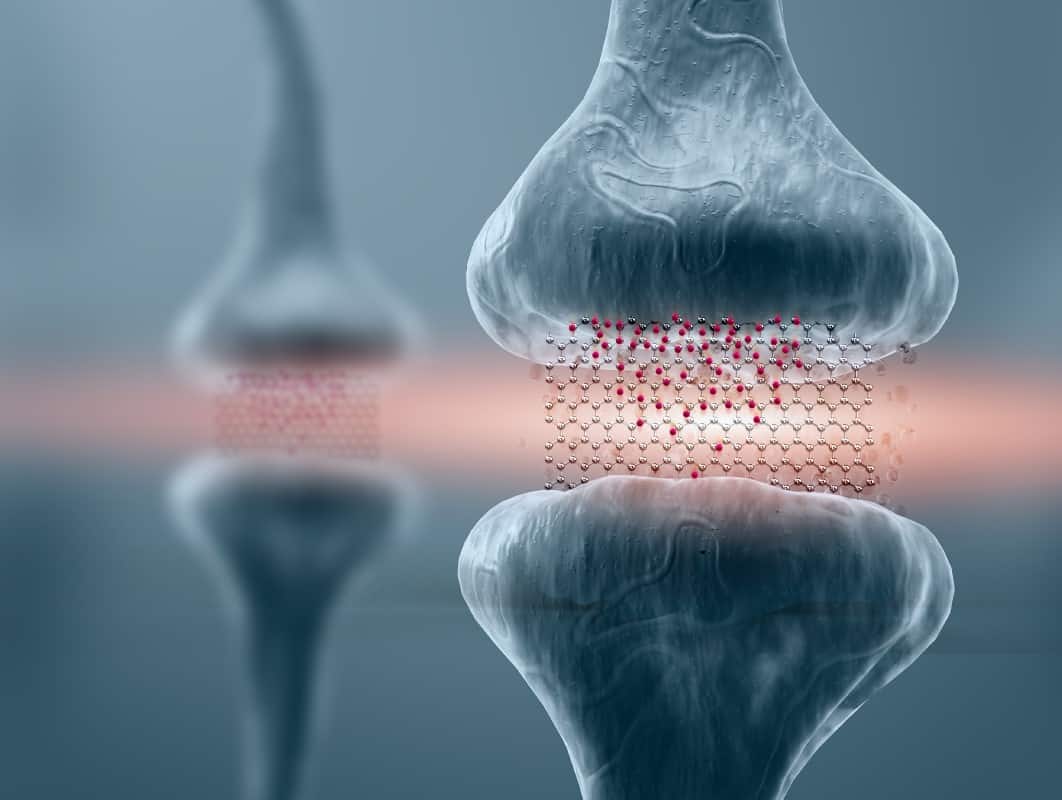Quantum memristor paves the way for neuromorphic quantum computing
30 Apr 2022 Isabelle Dumé

Researchers in Italy and Austria have constructed a new device that can transmit coherent quantum information as a superposition of single photons. Known as a quantum memristor, the device could be used to fabricate quantum versions of so-called neuromorphic architectures that mimic the structure of the human brain.
The memory-resistor, or memristor for short, was described theoretically by Leon Chua in 1971, but it was not until 2008 that researchers made the first practical version. The memristor’s special feature is that its resistance can be programmed and subsequently stored. This is because unlike standard resistors, the resistance of a memristor changes depending on the current previously applied to it – hence the “memory” in its name. What is more, the device’s memory of this resistive state persists even when the power is switched off.
Scientists soon realized that the behaviour of memristors was very much like that of neurons in the human brain, which learn by reconfiguring the strengths of the connections (synapses) between neurons. Memristors can bring this learning functionality to the connections in electronic circuits, which is why they have become a fundamental building block of neuromorphic architectures.
Inducing memristive behaviour
A team of physicists from the University of Vienna, the National Research Council (CNR) in Italy and the Politecnico de Milano has now made a device that behaves like a memristor while also being able to act on quantum states and encode/transmit quantum information.
They constructed the device using a technique called femtosecond-laser micromachining in which a laser emits light pulses as short as 10-15 seconds to write channels inside a piece of glass. These channels are known as waveguides thanks to their ability to trap or “guide” light into a predefined path, much as optical fibres do, explains team member Michele Spagnolo, who was a PhD student at Vienna when the work was done.
In their device, Spagnolo and colleagues send single photons into these waveguides. Thanks to their quantum nature, these particles of light can be split into a superposition of being in multiple waveguides at the same time. “We make a measurement using very sophisticated single photon detectors in one of these waveguides and then use that measurement to control the device using an electronic controller, thus modulating the transmission on the other output,” Spagnolo tells Physics World. “This is how we can induce memristive behaviour in the device.”READ MORE

According to Spagnolo, the team’s quantum memristor could open the way towards a whole new class of quantum devices. Possible applications are hard to predict, however, because photonic quantum memristors didn’t exist until now. “This is also the beauty of it,” he says, “but the best we can do is make an educated guess.”
Since classical memristors have found applications in neuromorphic computing platforms, the researchers suggest that its quantum counterpart may find applications in quantum-neuromorphic applications. Indeed, the researchers show in their study, which is published in Nature Photonics, that the device appears to work well in a particular scheme called quantum reservoir computing. “At the moment, my research group in Vienna is working on an experimental version of this quantum reservoir computing scheme,” Spagnolo adds. “This means building a device with several quantum memristors and several photons, and represents a major technological challenge.”

Isabelle Dumé is a contributing editor to Physics World
from physicsworld.com 1/5/2022
Δεν υπάρχουν σχόλια:
Δημοσίευση σχολίου